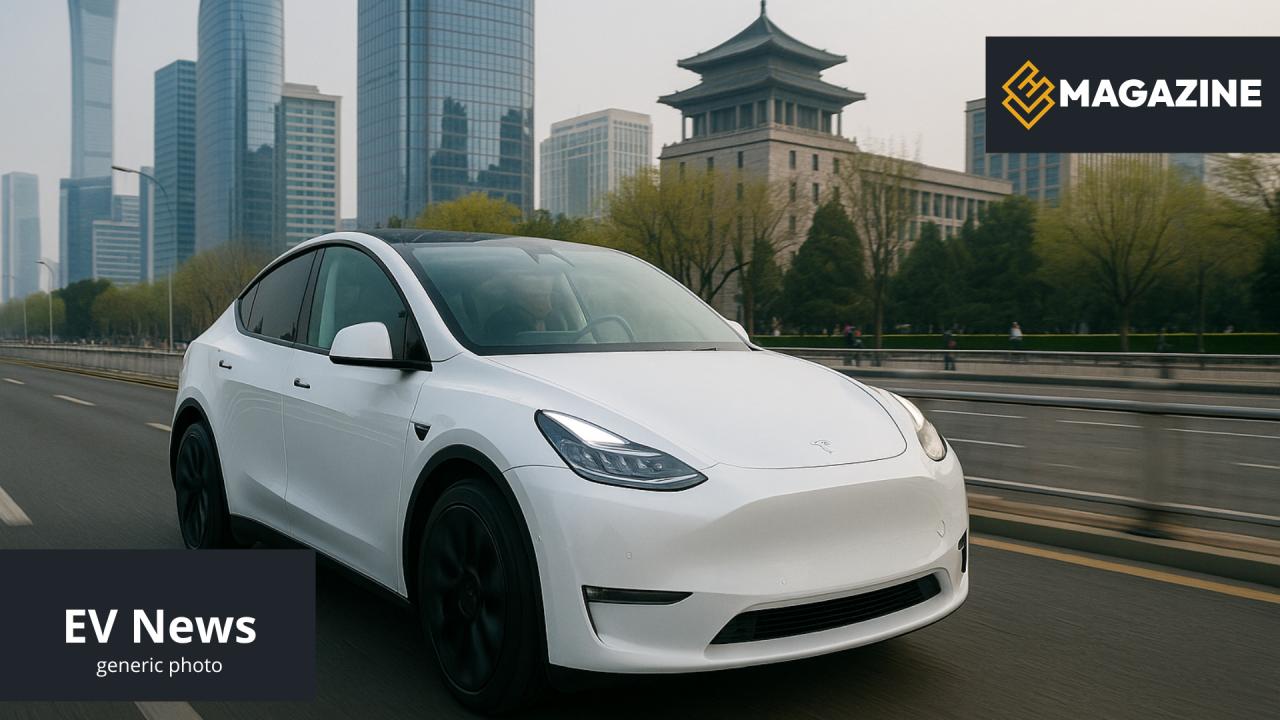11.7 million
5.3 million
16 million
17.9%
China’s EV Market Growth: A Global Inflection Point
According to the International Energy Agency (IEA), China sold more than 11.7 million electric vehicles in 2023, accounting for nearly 60% of global EV sales. These figures not only cement China’s dominance in the electric vehicle segment but also place its market on a trajectory to rival the entire automotive output of the United States.
China's growing EV export capabilities are making a significant impact in Europe. With over 5.3 million vehicles exported from China in 2023, European markets have seen a surge in Chinese-made EVs, including models from brands such as MG (owned by SAIC), BYD, and newcomers like Nio and Xpeng. According to the European Commission, Chinese EVs now account for more than 8% of the EU market—a number expected to rise in the coming years.
Timeline: China's EV Expansion in Numbers
- 2019: China’s EV sales surpass 1 million annually for the first time.
- 2021: Domestic EV brands like BYD and Nio begin expanding aggressively in Europe.
- 2023: China becomes the world’s largest vehicle exporter, with EVs as a key driver.
- 2025 (forecast): EV sales in China may top 15 million units, outpacing total U.S. vehicle sales.
EU’s Response: Tariffs, Trade Tensions, and a Search for Balance
The European Union has implemented anti-subsidy tariffs on Chinese electric vehicles, following a formal investigation launched in 2023. The decision, effective since October 2024, targets brands benefiting from what the EU considers unfair state support. The duties, which can exceed 30%, aim to restore competitive balance in the European market and signal a turning point in trade relations between the EU and China in the EV sector.
“Global markets are now flooded with cheaper electric cars. And their price is kept artificially low by huge state subsidies. This is distorting our market,” said Ursula von der Leyen, President of the European Commission.
Why It Matters for Europe
Chinese manufacturers offer EVs at price points significantly below their European counterparts, broadening access for consumers but increasing pressure on local producers.
With many Chinese EV brands building or planning factories in Hungary, Germany, and France, the EU must navigate a new industrial reality.
Europe's traditional automakers are accelerating EV investments, but face pricing and innovation challenges posed by faster-moving Chinese firms.
China's EV boom helps lower global emissions, but concerns persist over production practices and battery material sourcing.

